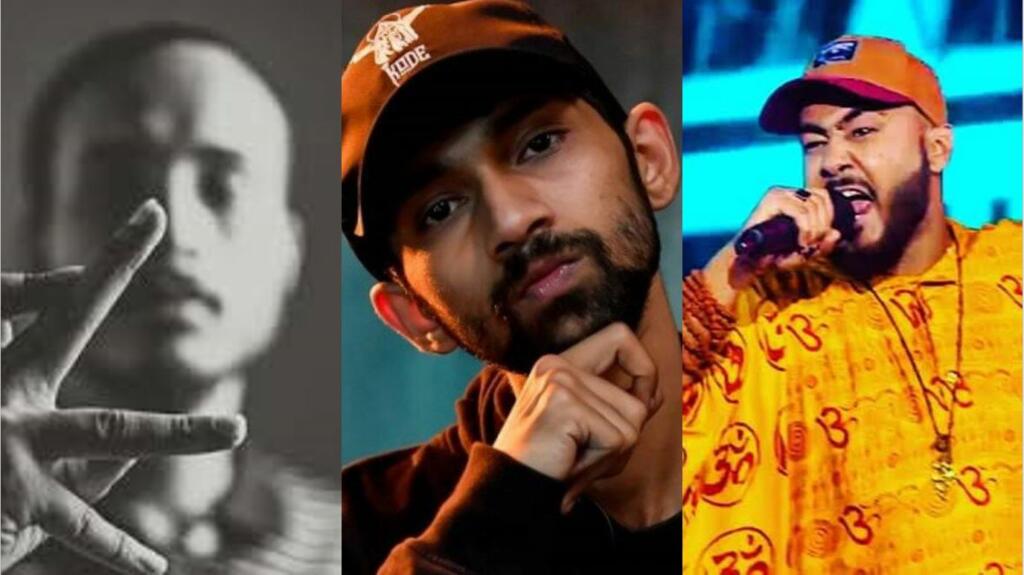There is a lot of activity going on in the Indian rap and hip-hop scene. After having thrilled Western audiences, rap landed in India first in 1990, when Punjabi rapper Baba Sehgal, aka Harjeet Singh Sehgal first started the trend in India with hit songs like “Thanda Thanda Paani” and “Dil Dhadke”. There on, the Indian hip-hop scene has looked only onwards and upwards. In the 2000s, a non-Indian contributed to much of the proliferation of rap in India. This man, called Bohemia (Pakistani-American rapper), familiarised Indian youth to a completely new genre of music, where rhythm and poetry reigned supreme.
It was after 2010, however, that Indian hip hop really blossomed and became a mainstream music genre, particularly for the country’s youth. By the end of the previous decade, Indian rap has found grassroots support and has united urban and rural youth populations alike. Yo Yo Honey Singh (recently accused of domestic violence by his wife), Badshah, Raftaar, Alfaaz and J Star became well-known names and patriarchs of India’s hip hop scene.
However, with the growth of rap music in India, many creatures have also exploited the genre to spit out anti-Hindu venom on Indian audiences, case in point being MC Kode. A video of this demented creature went viral on social media a few months ago, in which he was heard saying that he will copulate with cows because Hindus revere the cow and that he will masturbate over the Mahabharata and the Bhagavad Gita as well.
In June this year, rapper Vastavik Muhfaad, who runs a YouTube channel by the name ‘Be a Muhfaad!’ repetitively abused Bhagwaan Shri Krishna while dissing fellow rapper ‘Krsna’. In an attempt to call the ‘Krsna’ a liar, Muhfaad sang, “Tu matki ka saara maakhan kha gaya makhanchor, aww Nandlala ki fat gayi kya.” He then adds, “Mar gaya tera nandlal natkhat, ab gopiyan bhagegi ch*dke panghant.”
https://twitter.com/bhagwakakashi/status/1407250617253335061?s=20
At a time when the Indian rap scene has been polluted by Hindu abusers and anti-nationals, there are two names that stand out distinctively for offering good hip hop music to their listeners. One of them goes by the name ‘The Shloka’ (Rahul Kumar Das) and ‘Dakait’. If the Indian hip hop scene is replete with repulsive and extremely repugnant creatures, there are also people like Shloka and Dakait trying to make a genuine difference and doing justice to their genre.
What is very admirable about these artists is that they bring in an element of devotion, spirituality, and authenticity to their content. For example, these two artists hardly make use of any Urdu or foreign words, and their songs are written in genuine Hindi, without any contamination. A true mark of an artist is when they can impress their audiences without stooping to lowly levels, where they are required to make use of unnecessary slang and slurs. Artists should have the ability to convey what they want to say while maintaining the elegance of words. Furthermore, in India, when one begins abusing Hindu deities and disrespecting the beliefs of Hindus in general, it is safe to assume that the target audience of such charlatans is non-Hindu in nature.
It becomes contingent upon Hindus, therefore, to identify and support talent which respects Indian culture and through the content of which one can get a feeling of Indianness. Needless to say, there is an all-out battle simmering between nationalist rappers and those who incline more towards hatred for their country and culture. In this war, Indian audiences must make the right choice, and support artists like Shloka and Dakait.
